The Foundation of Movement: Why Foot Health Matters
Your feet are your foundation — literally. Each foot has 26 bones, 33 joints, and over 100 muscles, tendons, and ligamentsTogether, they create the base that supports your entire body. Your feet are responsible for absorbing force, providing stability, and helping you move efficiently. When the feet become weak or stiff, those functions start to break down. That can lead to problems in the ankles, knees, hips, and lower back. Whether you’re an athlete, older adult, or just someone who wants to stay active and pain-free, strong feet are essential for moving well and staying healthy.
Flat Feet, Shoes, and Sensory Shutdown
Many people deal with collapsed arches (flat feet), often caused by
Wearing overly padded or narrow shoes
Lack of foot muscle engagement
Imbalances at the hip or ankle
When your arch collapses, your foot loses its ability to absorb force and help you push off the ground. This can lead to
Poor balance
Increased injury risk
Compensations up the chain (knees cave in, hips rotate, etc.)
Why Modern Shoes Numb Your Feet
Thick, cushioned shoes act like gloves for your feet. They block the natural feedback your body needs from the ground. Over time, this reduces balance, coordination, and muscle control. When your feet can’t feel the ground properly your brain has less information to work with, making it harder to stay stable, especially during walking, training, or sports.
Action Steps: Build Strong, Responsive Feet
1. Lacrosse Ball Arch Release
Loosens tight spots and wakes up foot muscles
Roll a lacrosse ball slowly under your bare foot from heel to toe
Pause on tight or crunchy spots and hold pressure
1–2 minutes per foot
2. Isometric Calf Raise with Arch Engagement
Builds arch strength under pressure
Stand tall and rise onto the balls of your feet
Keep your big toe pressed into the ground
Hold at the top for 5–10 seconds
Perform 3 sets of 10 reps
3. Barefoot Balance Work
Improves foot stability and control
• Stand on one leg, barefoot, for 30–60 seconds
• Progress to eyes closed or use an uneven surface
• Grab the floor with your toes to activate the foot
Optional Progressions
Once you’ve built a base, here are ways to go further:
Use toe spacers around the house to improve foot alignment
Wear barefoot or minimalist shoes when appropriate
Add toe dexterity drills like big toe lifts or towel scrunches
Try barefoot dynamic movements like hops or walking lunges
Perform split squats or RDLs barefoot with focus on foot pressure
Strong feet give your body a stable foundation. When they’re working well, everything above them works better too. Start with simple exercises, stay consistent, and build strength from the ground up.
